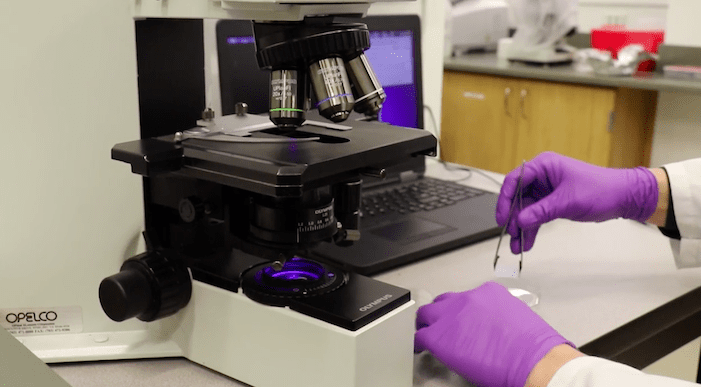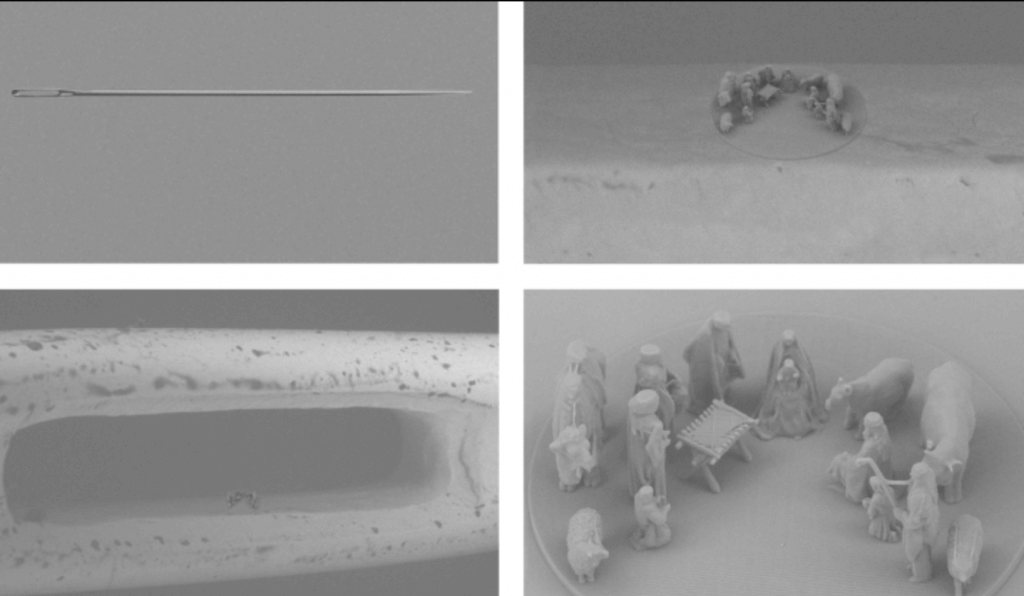Schlagwort: nanoscale 3D printing
-

Nano-3D Printing Technology Helps Develop Improved Biochips
Reading Time: 2 minutesThe nanoprinting method enables printing of multiple molecules without damaging existing molecule layers – a perfect match if you want to fabricate delicate biochips. Researchers at the City University of New York’s Advanced Science Research Center (ASRC) and Hunter College have come up with a novel solution to print biochips. They are using…
-

Pope Francis Receives 3D Printed Nano-Nativity Scene for Christmas
Reading Time: 2 minutesLithuanian researchers from Vilnius Gediminas Technical University have 3D printed the world’s smallest nativity scene. The nanoscale-sized gift was given to Pope Francis for Christmas. Last week, Pope Francis paid a highly anticipated visit to Lithuania, and his presence was commemorated with an unprecedentedly tiny gift. During his travels, Lithuanian President Dalia Grybauskaitė…

